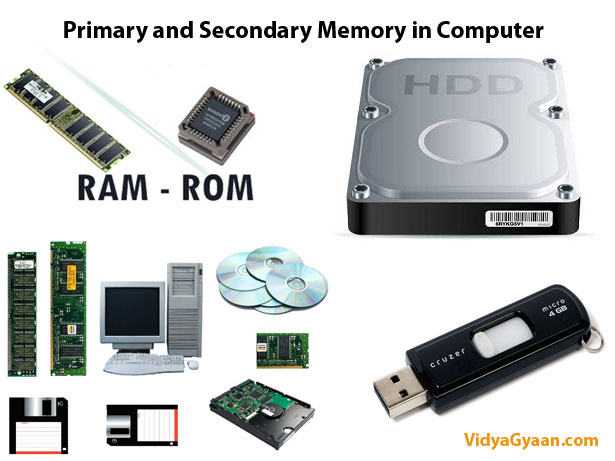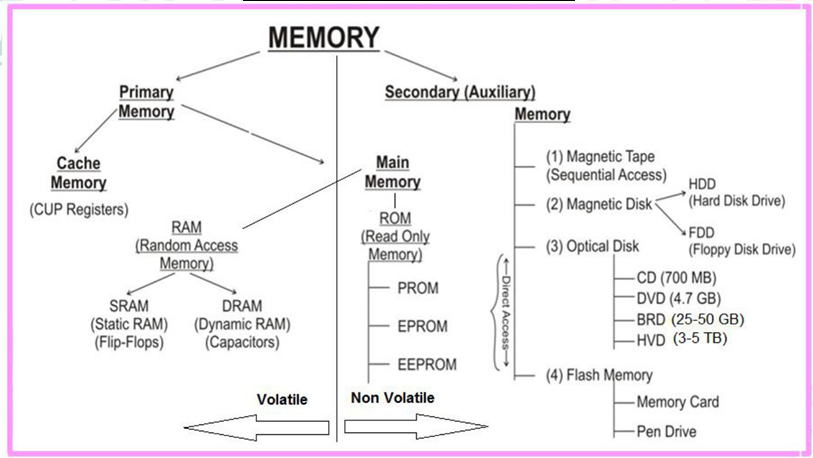

The Zettabyte or the ZB also can be seen as 1 thousand of the EB, 1 million PB, 1 billion TB, 1 trillion GB, etc. Similar to other byte sized memory units, Zettabyte can be seen as an equivalent to 10^21, according to the ‘zetta’ representation in terms of the international standards. The unit terms of the Exabyte are EB, and this EB is the same as the 1 million TB or the 1 billion GB or the 1 thousand PB. It is equal to the 10^15 bytes in terms of the international standards, or the 1024^5 bytes when the bytes come with the Base 2.Įxabyte is a memory unit that is equal to the 10^18 equivalent in the international standards scale, and the same is equal to the 1024^6 for the memory units that come in the form of Base 2. Petabyte can be defined as a memory unit that represents the higher multiples of bytes, next to the Terabyte that comes in PB units. Or other words equals to 10^12 bytes in international standards and that can also be termed as the trillion bytes. It can also be seen as an equal to the 1024 terabytes and is represented as TB. Terabyte are applied when the memory requirement is as high as the 2^40, that is the binary digits exponential to the number 40. In other words, the memory units used by the processor that runs on the Base 2 are termed as the Gigabytes and is equal to the 1073741824 bytes.

The Gigabytes are used to represent the data to be in multiples of 10^9 or 1000000000 binary digits, and when the memory unit is in terms of Base 2 then the storage space is calculated as 2^30 bytes or as 1024^3 bytes. It can also be calculated as (1024)^2bytes or the 2^20 bytes.

This also means that a typical MB is shown with Base 2, and so the 1MB or the 1 Megabyte equals to the 1048576 bytes of the memory unit. That is, in international standards the prefix ‘mega-‘ is used for showing the 10^6 or the 1000000. Similar to the Kilobyte memory unit, the megabyte memory unit is used when the bits are large in number and when it makes it easy to say it the number to be in lesser length. In short, 1Kilobyte or 1KB is equal to the 1024 bits or binary digits. Though in terms of international standards kilo means 1000, in a typical memory unit, the binary digit are seen as Base 2 and so the ‘Kilo’ here means 1024 of binary digits or bits. The prefix kilo-, normally, represents the unit to be ‘Kilo’ and it comes in multiples of ‘1000’. Kilobyte can be defined as one of the many multiples of the byte memory units. When the word is called by the processor for performing any operation and completing the process, the size of the data remains the same throughout the process until completion. The word memory units are of different types and are termed as the fixed point numbers, floating numbers, addresses, registers etc., with respect to the number of data occupied in the memory unit shown as the word. WordĪ word typically means indicates the memory unit occupied by a specific chunk of data, which comes as a fixed size and not alterable during the process execution. This is the commonly used unit terminology, as it comes with the prefixes for the multiples of bytes, such as the prefixes as kilo-, mega-, giga-, tera-, peta-, etc. ByteĪ byte can be defined as the group of eight binary digits, which generally corresponds to the other compounds of 8 bits. There are also memory units called as ‘low nibble’ and ‘high nibble’ that are used to denote the contents of the nibble memory unit, where the low nibble shows the lesser momentous bit and the high nibble shows the highly momentous bit inside the memory unit. It is sometimes called as ‘Nybble’ or ‘Nyble’ or ‘hex digit’. It takes up the same space as a hexadecimal number or a group of four bits of data. Nibble can be defined as the collection of four bits, which is characterized as a hexadecimal number to store the data in the memory. This is the least of the memory units that is used for representative the storage occupancy of the data in the memory space, that is, the data shown either in 0 or in 1. The bit is a term shortly used instead of the word ‘Binary digit’, which is nothing but the 0’s and 1’s that are used for the indication of passive or active states of any component involved in an electric system. The memory units of the data in the storage systems are classified into the below different types, 1.
COMPUTER MEMORY CHART IMAGES SOFTWARE
Web development, programming languages, Software testing & others Top 12 Memory Units


 0 kommentar(er)
0 kommentar(er)
